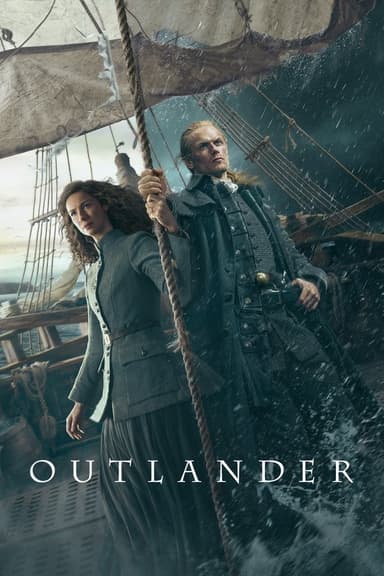
The Good Companions
1980 •
Jess Oakroyd, discontented with his home, his work and his football team, tears up his Insurance Card and disappears into the night. He intends to go to Nuneaton, but instead finds himself on the ragged edges of show business. We share with him the trials and tribulations of the Good Companions as they tour seaside towns, industrial cities and rural backwaters in their search for success and stardom.
Why you should read the novel
J.B. Priestley’s 'The Good Companions' is a literary classic that delves deeper than any adaptation can. The novel offers a vivid tapestry of English provincial life, introducing characters with unique motivations, foibles, and dreams, all brought together in the turbulent, transformative world of a traveling concert party.
Priestley’s prose immerses readers in the era’s atmosphere—its language, social nuances, and cultural landscape—painting a richer, more detailed portrait than what a televised adaptation can convey. Readers experience characters’ inner lives and transformations firsthand, gaining insights into their hopes and struggles.
Reading the novel invites you to savor the mix of humor, melancholy, and optimism that made the book such an enduring favorite. You’ll appreciate the subtlety of Priestley’s observations and the depth of his characterizations, discovering why the story has inspired adaptations for generations.
Adaptation differences
The 1980 television series streamlines the novel significantly, condensing its sprawling narrative to fit the constraints of episodic drama. As a result, several side stories and character backgrounds that enrich the texture of the book are minimized or omitted, narrowing the scope of the ensemble cast.
Certain characters in the TV series are altered, with attributes or plotlines combined or removed to serve the pacing of the screen adaptation. Some character arcs unfold with less psychological depth, and the inner monologues found in the novel are largely absent, limiting viewer insight into their emotional journeys.
The adaptation shifts the balance between comedy and melancholy, often leaning more heavily into light-hearted or sentimental moments, while the novel maintains a bittersweet realism that reflects social change. Nuanced commentary on class and society that Priestley wove into the original is sometimes simplified or lost in the televised version.
Visual storytelling, settings, and production design in the series focus more on capturing the period’s look and energy rather than its subtleties, while the book’s language and authorial voice remain irreplaceable. Reading the novel reveals complexities in tone and theme that make it a richer and more rewarding experience than its adaptation can deliver.
The Good Companions inspired from
The Good Companions
by J.B. Priestley





